
“Camouflage” that sticks out
The Pentagon was criticized in June 2017 for spending $28 million on licensing fees for the lush green pattern on Afghan National Army uniforms. The problem: Afghanistan is 98 percent desert, so the bright color would stand out—not what you’re looking for in camo. Picking a different color (say, one of the many others the government already has the right to and aren’t already used by American forces), plus making alterations like swapping pricy zippers for cheap buttons, would save taxpayers between $68.6 million and $71.2 million over the course of a decade, according to a government report.

Paying hipsters to stop smoking
When the NIH figured anti-smoking ads weren’t resonating with young adults, they decided to go straight to the source. That’s right: hipsters. Or as the Commune project called them, “a group focused on the alternative music scene, local artists and designers, and eclectic self-expression.” The campaign spent $5 million in federal cash on Commune-branded beer koozies and other swag, smoke-free events featuring indie bands, artist-designed flyers, and more. Another initiative involved paying hipster smokers $100 to kick the habit and blog about quitting. The hope was that the influencers would spread the anti-smoking message to their friends and make smoking uncool.
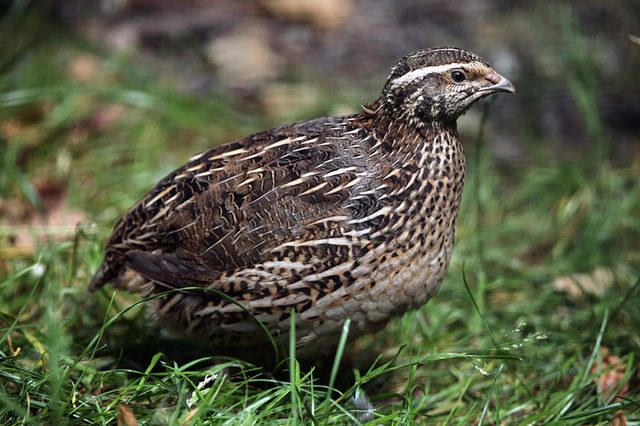
Sex, drugs, and… quails
The government spent at least $518,000 in federal grants to study how cocaine affects the sexual behavior of Japanese quails. Sounds pretty outlandish, but the researchers had their reasons. They were trying to look at how cocaine abuse affected risky sexual behaviors in humans, and the sex habits of quails are easy to measure in a lab setting. If you think this is bizarre, learn about these 10 secret U.S government operations—revealed.

Hamster fights
For more than 20 years, Northwestern University researchers received National Institutes of Health money to watch hamster fights. The project reportedly received more than $3 million over the course of the project and $306,000 in 2015 alone. Some of those experiments involved injecting hamsters with steroids, then putting another hamster in the cage to see if the drugged rodents were more aggressive when protecting their territory. Others investigated whether becoming a “trained fighter” through two weeks of face-offs made the critters more aggressive. The experiments stopped after animal activists pressured the lab to cut the program.
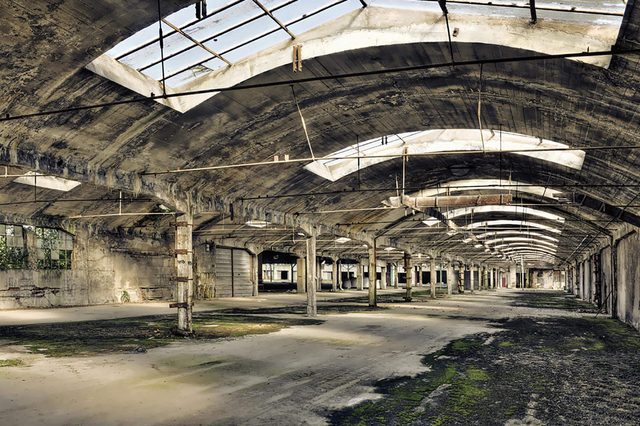
Empty buildings
Some old schools, firehouses, offices, and more aren’t being used anymore, but the government still holds onto them—about 770,000 unused and underused buildings nationwide, as of 2016. The thing is, those buildings don’t just sit there innocently; even empty, they require maintenance such as basic power, a mowed lawn, and pipes that won’t freeze. Those costs add up, to the tune of about $1.7 billion every year, according to NPR.
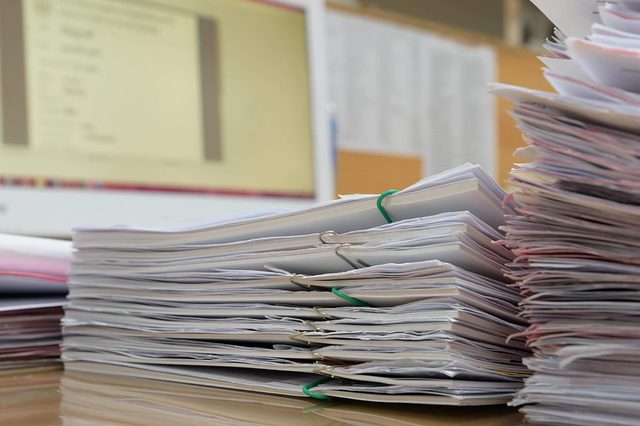
Printing documents no one reads
Although the Federal Register—a daily document that outlines government proposals, decisions, meetings, and more—could theoretically make money through its $929 annual subscriptions, a good deal of the copies are unread. Every member of Congress automatically receives a new copy every day, even though the contents are available for free (and searchable) online. A bill considered in 2017 estimated $1 million a year in savings by stopping the government from automatically printing the Federal Register every day.
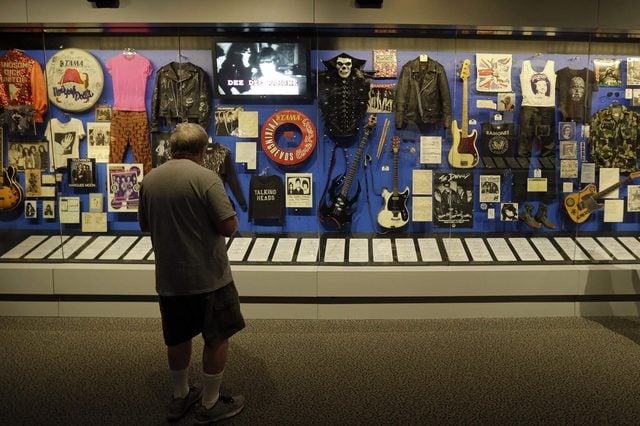
Digitized Grateful Dead memorabilia
Some cheered and others scratched their heads when the Institute of Museum and Library Services gave the University of California–Santa Cruz $615,175 in 2009 to digitize its collection of tickets, photos, T-shirts, and other memorabilia donated by the band, scholars, and fans. You can still view the online collection of more than 50,000 items on the university library’s site. For juicer government secrets, here are 17 things the FBI doesn’t want you to know.
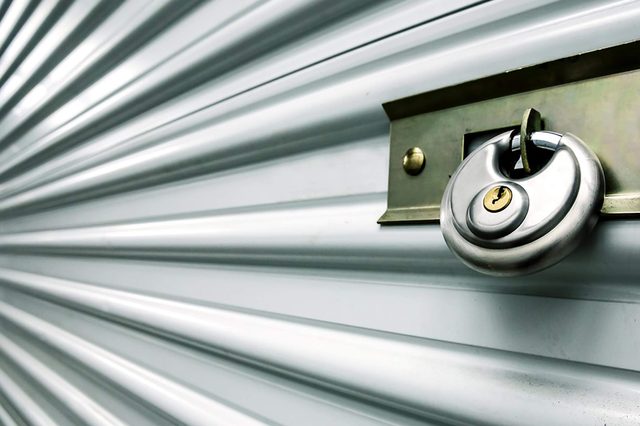
Forgotten storage
A 2011 report from the Treasury Inspector General for Tax Administration found that the International Revenue Service spent quite a bit of money on unused items in storage. After accounting for the items that had been used within a year and a half, the report estimated the IRS spent $862,000 in unnecessary warehouse space every year. Find out how the government really spends your tax dollars.

Pancake house
The International House of Pancakes got some American love when $500,000 of a U.S. Department of Health and Human Services grant went to build an IHOP in a Washington, DC, neighborhood. But no, this wasn’t about members of Congress getting a new place to eat a short stack; the initiative was to create 70 full-time jobs for low-income workers who qualified for government financial assistance.

Super Bowl ad
With 2015’s Super Bowl XLIX taking the crown as the most-watched program in U.S. TV history, it’s no surprise that even a short ad costs a pretty penny. That’s why the U.S. Census Bureau came under fire in 2010 for using $2.5 million in taxpayer money to run a 30-second ad. The bureau stood by its decision, arguing that for every 1 percent increase in mail-in responses it received, it would save $85 million sending workers door-to-door to collect information.
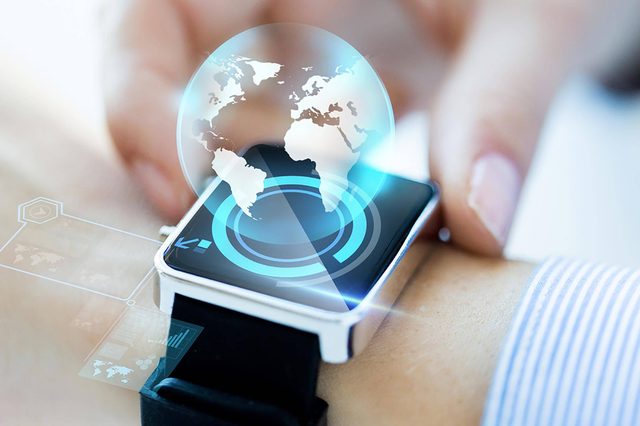
Holograms of dead comedians
The National Comedy Center in Jamestown, New York received more than $4.3 million from New York state, plus another $1.7 million in federal grants. The immersive museum will feature a look back at influential comedians—including via holograms showing off classic comedians in their heyday. Jamestown native Lucille Ball is among the comics celebrated at the museum. Next, find out the 14 weird things the government actually has the power to do.